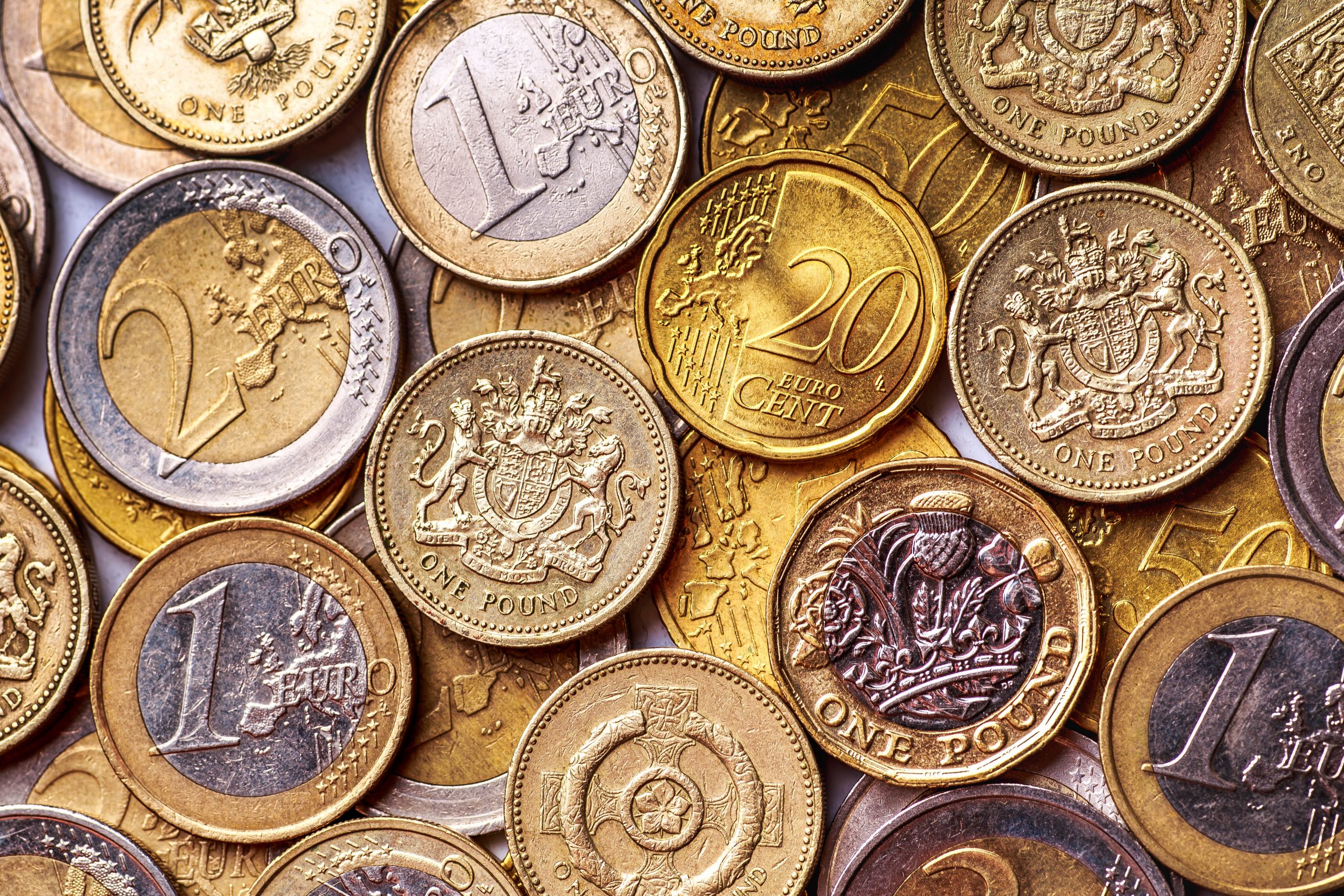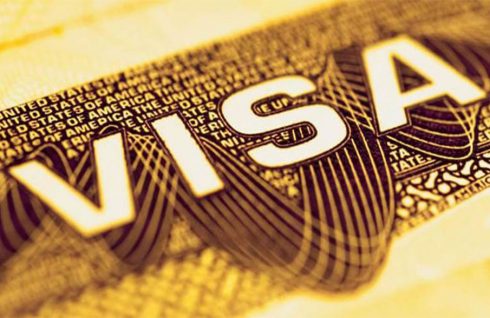THE Pound Euro (GBP/EUR) exchange rate continued to trade in a wide range through the second half of May as fears of a UK recession were stoked following a dramatic surge in UK inflation. Elsewhere a hawkish shift by the European Central Bank (ECB) has also infused volatility into the pairing.
This has seen the pairing trade in a range of between €1.16 and €1.18.
What’s been happening?
The past couple of weeks have seen the GBP/EUR exchange rate continue to trade unevenly, with the pairing fluctuating in response to mixed UK data and signals from the ECB that it will soon begin tightening its monetary policy.
In terms of UK data, the pound found itself coming under considerable pressure after the UK’s consumer price index revealed domestic inflation soared to 9% in April. The surge exacerbated concerns over the UK’s cost of living crisis and revived recession fears.

A surprisingly upbeat retail sales reading and Bank of England (BoE) rate hike bets helped the pound to quickly bounce back, before a worrying drop in the latest UK services PMI then erased a good portion of these gains.
Meanwhile, a more hawkish tilt from the ECB has helped to underpin the euro through the second half of May, with ECB President Christine Lagarde signalling the bank is likely to start raising interest rates in July.
This has helped to offset heightened tensions over the war in Ukraine, with Russia’s threats against Finland for applying to join NATO stoking fears the conflict could spread to other parts of Europe.
What do you need to look out for?
Looking ahead, it seems safe to assume that the pound will remain highly sensitive to negative UK data as this would likely feed into recession fears.
Any more signals that consumer spending is faltering could leave GBP exchange rates vulnerable to significant pressure.
For EUR investors the focus is likely to be on the ECB. Markets will be looking for additional hints as to how aggressively the bank will look to tighten its monetary policy. Expect to see the euro strengthen if ECB policymakers grow increasingly hawkish.
Meanwhile the war in Ukraine will no doubt continue to impact the GBP/EUR exchange rate. While the euro is likely to be more sensitive to any developments, any risk-off flows could weigh on Sterling sentiment.

Protecting against volatility
This kind of volatility can cause some nasty surprises if you need to transfer money overseas. On a £200,000 transfer, that two-cent gap between €1.18 and €1.20 translates to a €4000 difference. And the larger the sum, the higher the discrepancy.
Fortunately, there are ways that you can protect against volatility.
Specialist currency brokers, such as Currencies Direct, offer different tools to help you navigate the ups and downs of the currency market.
For instance, you can use a forward contract to secure an exchange rate for up to a year. This way, you won’t lose out if the market moves against you.
Services like rate alerts and daily updates make it easy to keep track of what’s going on in the forex world so that you can make informed decisions. And with Currencies Direct you’ll have a dedicated account manager there to provide guidance and support whenever you need them.
At Currencies Direct we’re here to talk currency whenever you need us, so get in touch if you want to know more about the latest news or how it could impact your currency transfers.
Since 1996 we’ve helped more than 325,000 customers with their currency transfers, just pop into your local Currencies Direct branch or give us a call to find out more.
Click here to read more Other News from The Olive Press.








